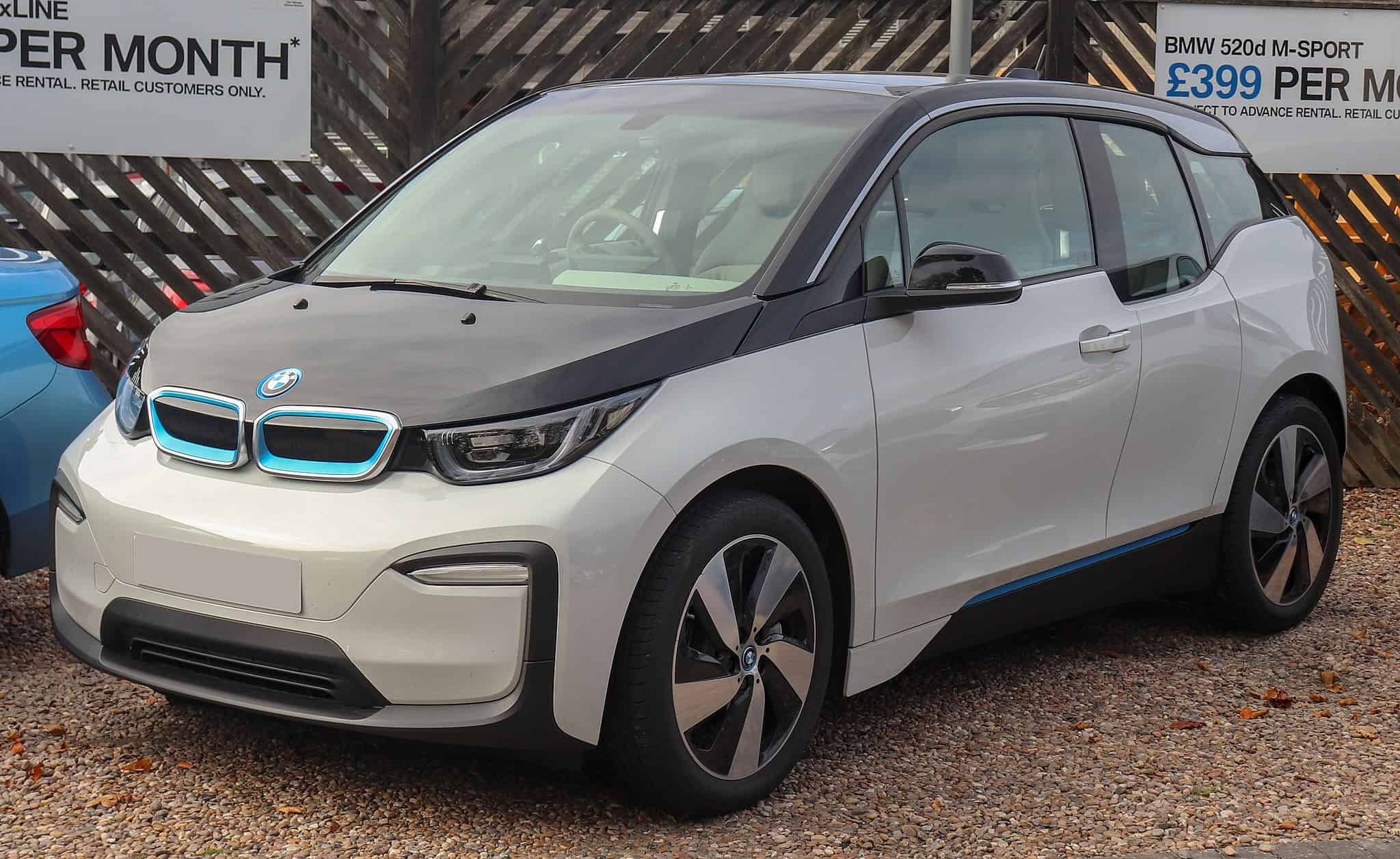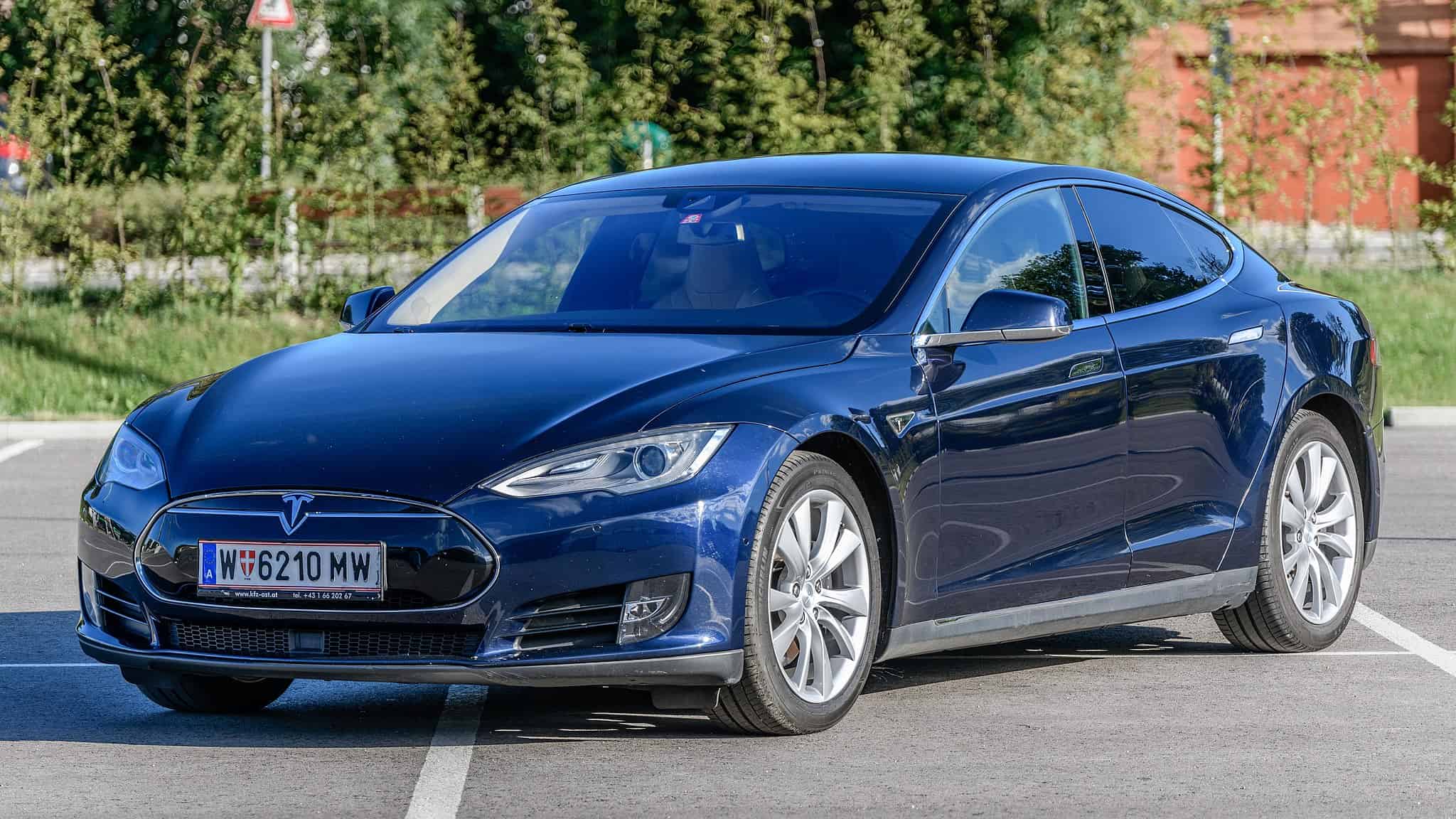Used electric cars – what should you know about servicing?
Electric cars are the logical successor to traditional cars with internal combustion engines. Experts on the subject say that history has come full circle, as the first motor vehicles were equipped with electric motors. However, the subsequent development of automobiles, directed by fuel lobbyists at internal combustion engines, caused earlier experiments and experiences to be forgotten for many decades to come.
Internal combustion cars vs. electric cars
Fossil fuels are, from the perspective of human life, a limited resource. An additional argument for replacing them with cleaner forms of energy is that the products of combustion are a huge burden on the environment and local communities. That’s why electric cars are so important now in an era of struggle to reduce pollution and environmental impact.
Electric cars are cheaper to operate and service than combustion cars. Despite the still high purchase price of such vehicles, their operation and servicing come out much cheaper than traditional combustion vehicles. Mainly due to the much smaller number of mechanical components of the drive and transmission system that wear out and break down. Also, thanks to the much more modern design of electric cars, a much higher level of durability of other vehicle components, such as braking and suspension systems, has been achieved.
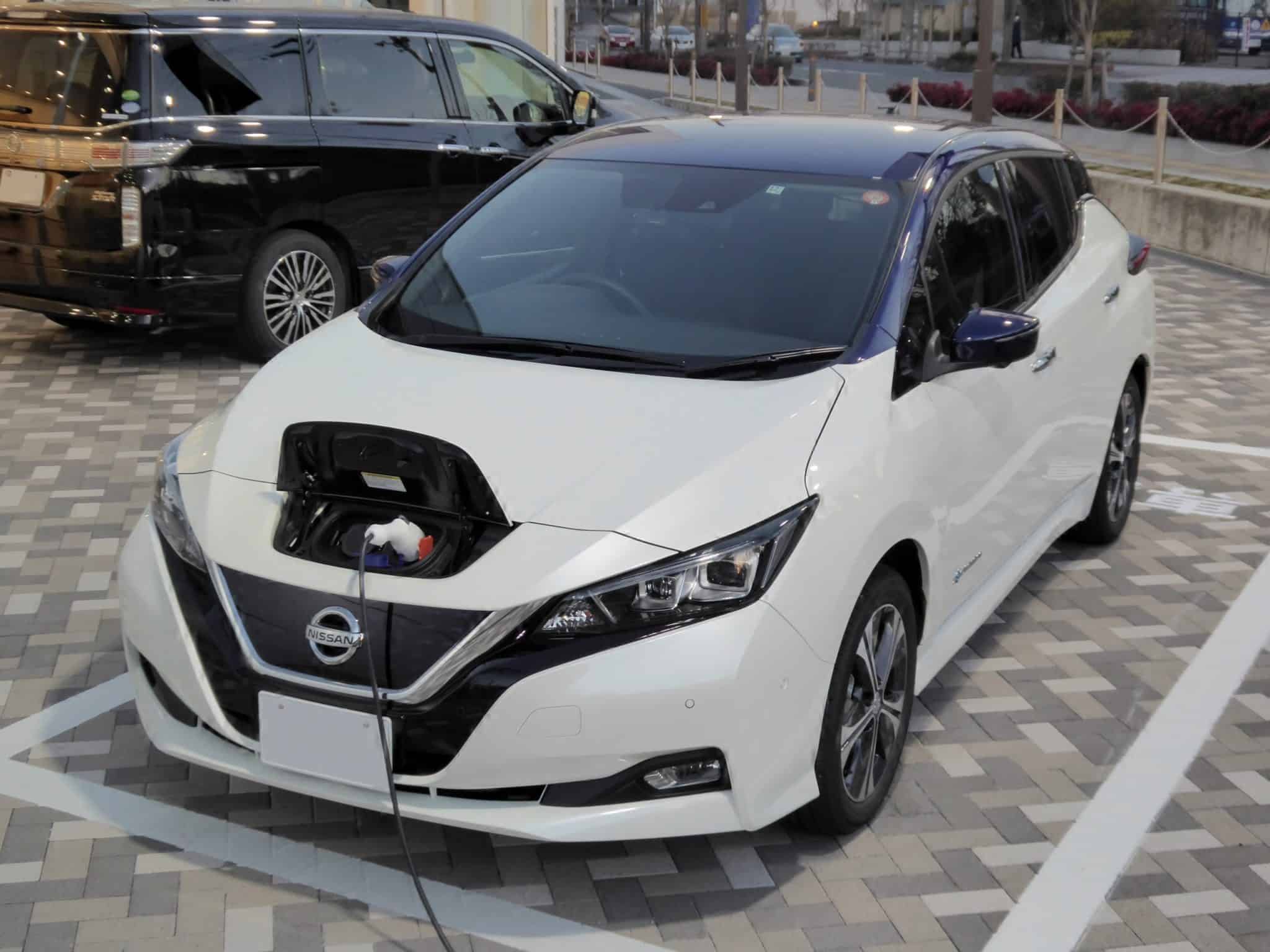
Restrictive regulations
Increasing restrictions in more and more places in Europe and around the world are another reason to think about choosing your next vehicle. Many European countries have already set cut-off dates after which the sale of cars with internal combustion engines will be banned. The Netherlands and Norway are the fastest on the list, as the ban will be in effect there starting in 2025. The years 2030 and 2040 are the next cut-off dates, after which only the sale of new electric cars in more countries (France, Germany) will remain. If we add more cities banning cars without the exorbitant Euro 5 and 6 standards from entering their centers and even outskirts, we are emerging more and more clearly as an area where only operating electrics will allow hassle-free travel.
More and more used electric cars are entering the Polish market. Until recently, any such vehicle was a rarity. In 2017, more than 200,000 electric vehicles were registered in the European Union. In Poland, the number of 1,000 newly registered vehicles surpassed in 2017, and this number is growing steadily. On top of that, the secondary market for these vehicles is also growing rapidly.
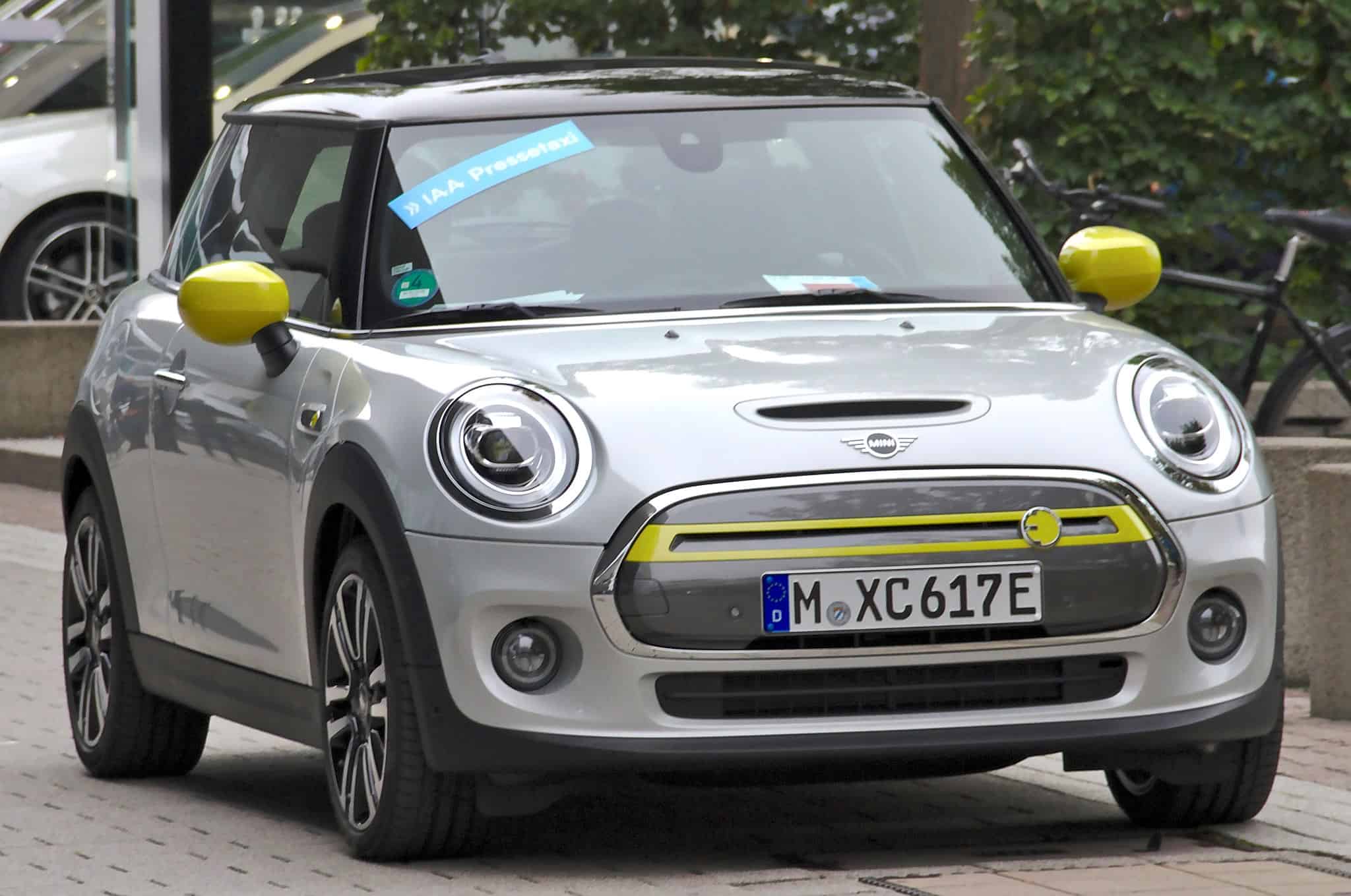
What components/fluids wear out in electric cars?
Electric vehicles require much less maintenance mainly due to their structurally simpler drivetrain. In the daily maintenance of most vehicles, we are left to replenish and periodically replace only:
- brake fluid (with a traditional brake system),
- brake pads and discs,
- coolant,
- windshield washer fluid,
- light bulbs (in the case of traditional lighting).
In addition, in hybrid and plug-in vehicles, traditional internal combustion drive components include:
- engine oil
- oil in the transmission and rear or front bridge
How to properly take care of the technical efficiency of electric cars?
Care for electric cars should be the same as for cars with internal combustion engines. Daily observation of on-board information systems will allow us to spot messages warning us to refill or replace operating fluids or drivetrain components (batteries, protection or charging systems).

Every what period should electric cars be serviced?
Each manufacturer of electric vehicles has equipped them with clear information panels, on which information about the need to replace or check a specific component/element appears well in advance. The vehicle manufacturer’s recommendations should be followed in this regard.
To put it another way – there is no universal period (e.g., annual inspection) that dictates the servicing of electric cars. The next years of experience, mass production and regulation may impose service periods.

Where to service electric cars?
Servicing electric and hybrid cars is fraught with additional requirements related to the safety of operating high-voltage systems. Therefore, the selection of a particular service center for repair or service should be preceded by obtaining information on whether the service center has properly trained/certified personnel. In the European Union, a certificate authorizing the service of electric and hybrid vehicles is sufficient. In Poland, it is additionally necessary to have SEP certification for equipment operating at voltages above 1,000 volts.
BM Cars has such certificates.
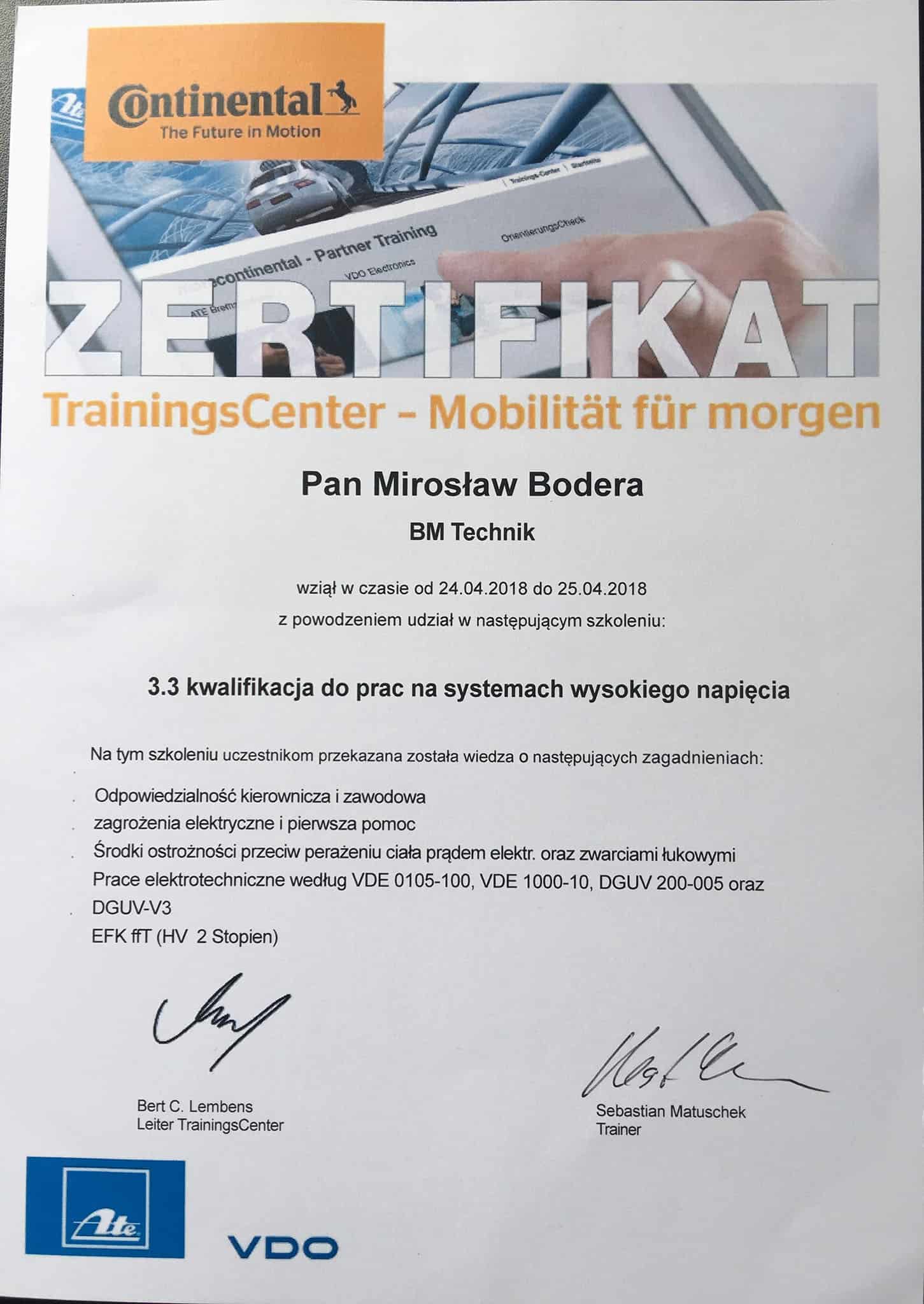
Repairing electric cars on your own – what are the risks?
Repairing an electric car on your own is prohibited. The danger of being shocked by high DC voltage is very real. Despite the safeguards used by vehicle manufacturers, there is a real danger to life and health if you interfere with live components. The harmful effects of direct current on the human body are described in detail in the literature and on the Internet.
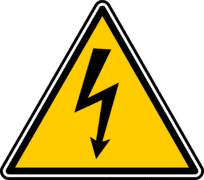
An additional problem is also the offering on the secondary market of electric cars after serious road collisions and accidents, which were “restored” and repaired with amateur methods by unqualified mechanics. Attempts to repair high-voltage systems with unprofessional methods often end up with a vehicle fire during operation.
Recommendations from electric vehicle designers and manufacturers require, in the event of a collision or accident, repair with new power supply components, especially high-voltage cables protected by multilayer insulation. That’s why sometimes seemingly minor collisions end up with very expensive repairs and insurance company assessments as a total loss. These vehicles should not be repaired, but they often find their way to the Polish market and here, after minor touch-ups, are offered as accident-free at bargain prices. Daily use of such a vehicle can cause us a lot of trouble and expose us to the risk of paralysis.
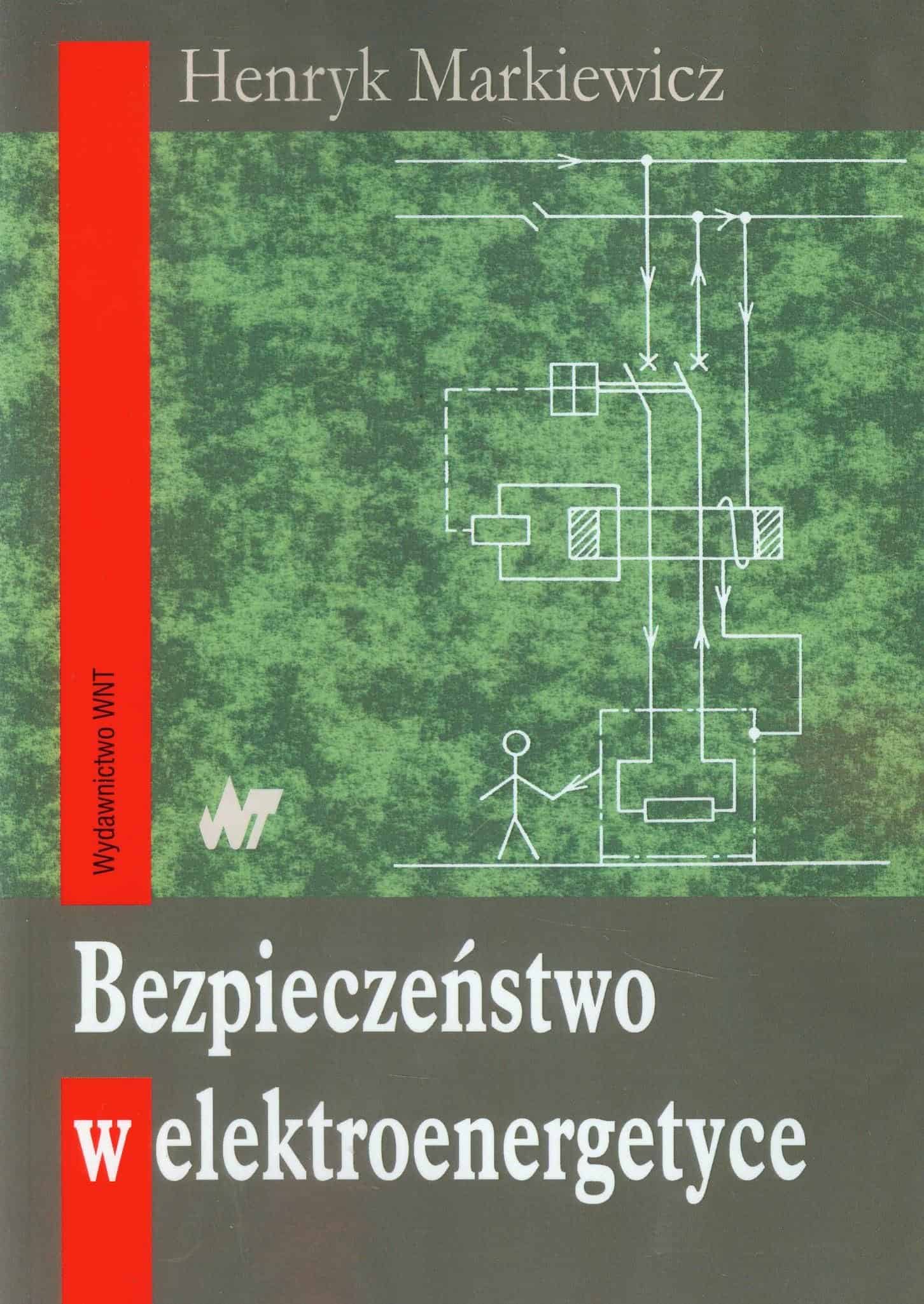
An additional problem associated with repairing electric vehicles by economic methods is access to software and diagnostics for these vehicles. Many vehicle manufacturers, including BMW, protect themselves by restricting access to diagnostic software especially in the use of used power components (e.g., used batteries) or by blocking the use of used components in these vehicles. All attempts to circumvent these restrictions put users and contractors of such repairs at risk of paralysis.
Also, attempts to tamper with the factory software to extend vehicle mileage between charging cycles, or to increase vehicle power or torque, are unauthorized practices that we should guard against. Any of these interferences can cause risks to our safety during normal vehicle operation.
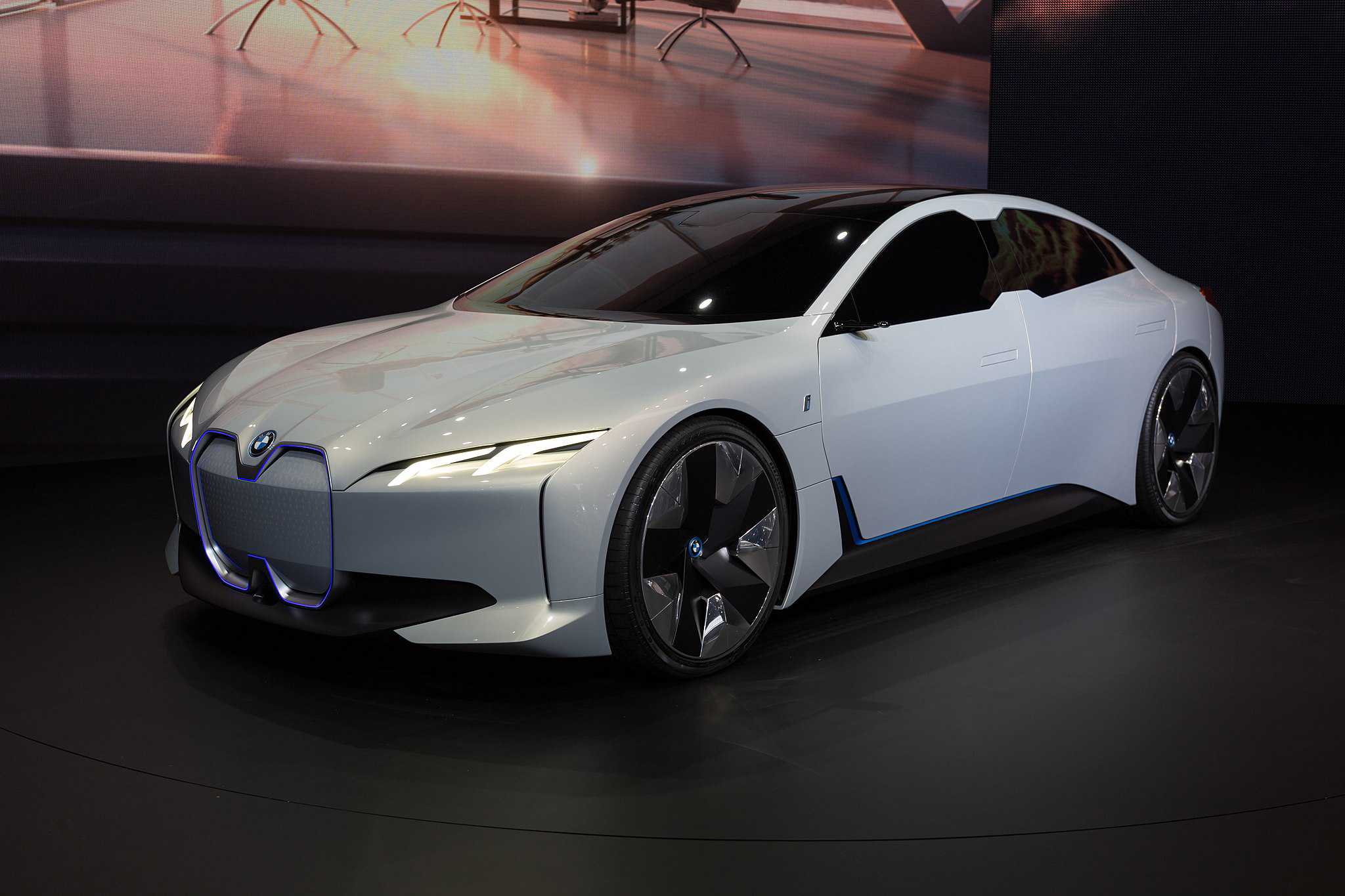
Electric car repairs at service centers – what does it look like?
Service centers specializing in electric and hybrid vehicle repairs are equipped with specialized diagnostic equipment, special tools for working on high-voltage electrical equipment, workstations equipped with isolation mats and individual protection. Also at our service center, we offer fully prepared and equipped workstations for ongoing maintenance and repair of BMW and Mini electric and hybrid vehicles.
What does a visit to BM Cars look like and how do I schedule it?
We have described the complete car service process on our blog. Make an appointment at our service center at your convenience.

